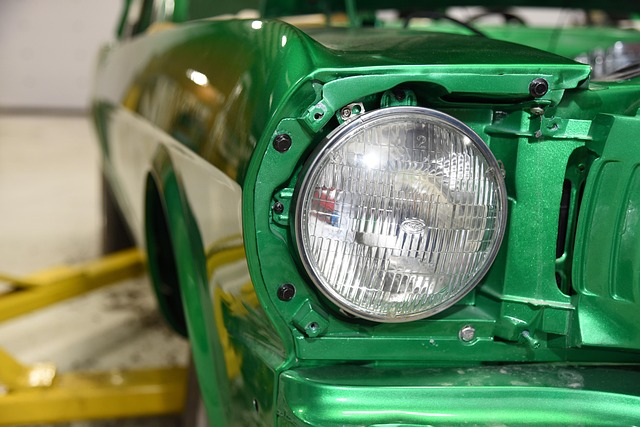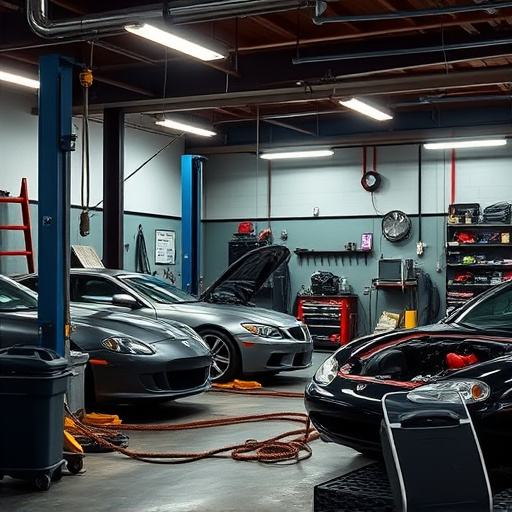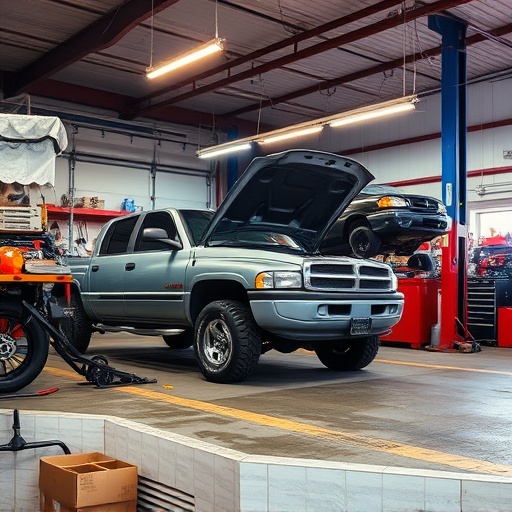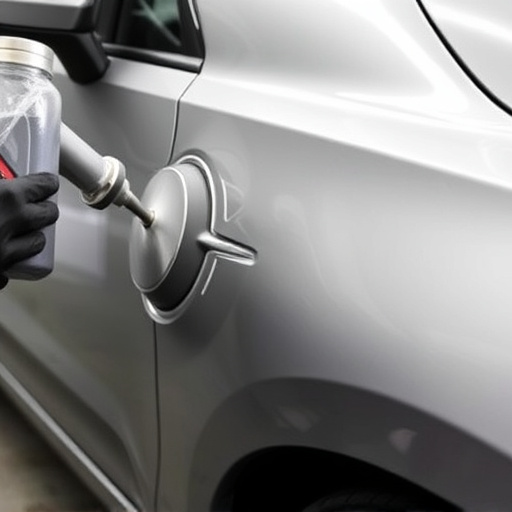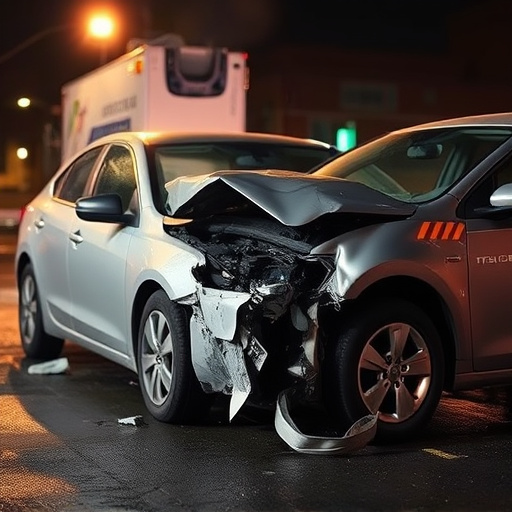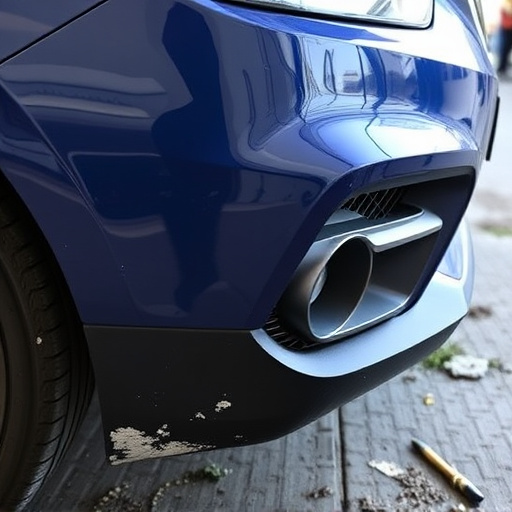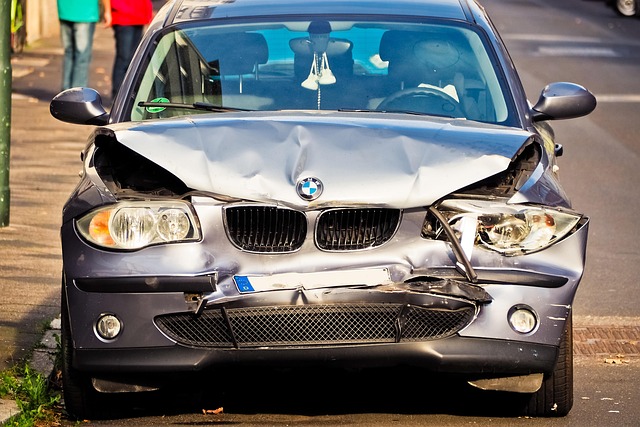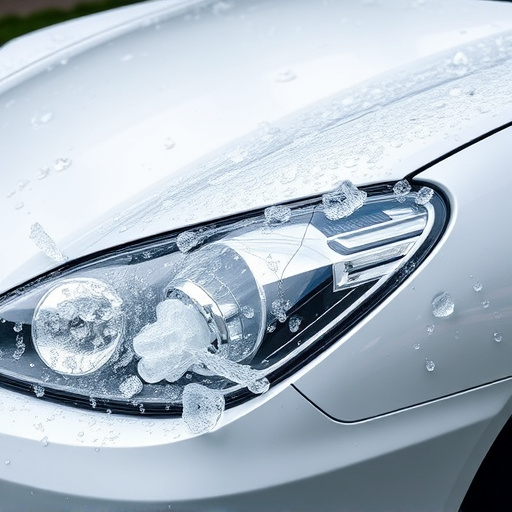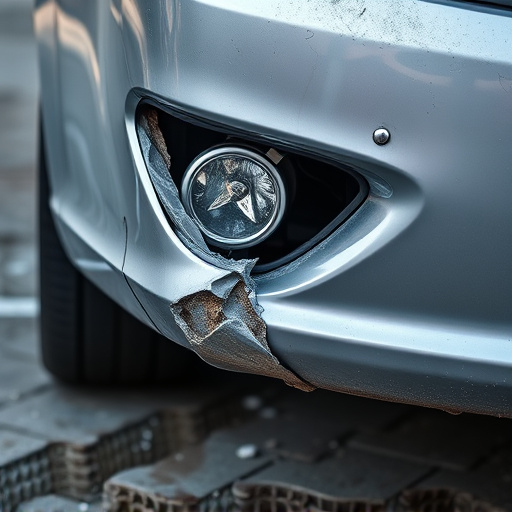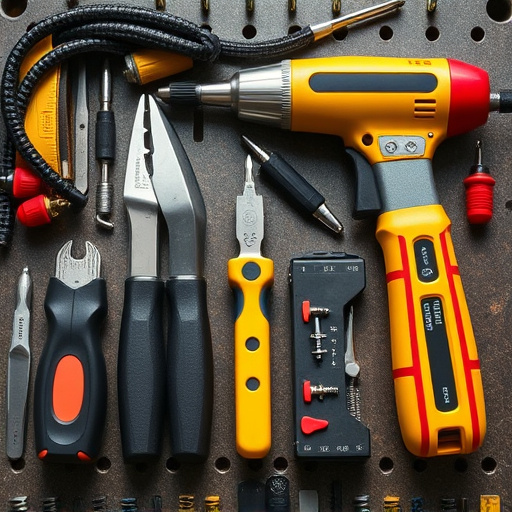Emergency collision repair facilities employ skilled technicians and advanced tools to rigorously evaluate critical safety systems like airbags, seatbelts, and crash sensors. Structural Integrity Checks assess frame and chassis damage using specialized equipment, restoring vehicle integrity after accidents. Post-repair testing ensures repairs meet industry standards for safe roadway operations, crucial for commercial fleet vehicles seeking efficiency and safety.
In the event of a vehicular collision, swift and precise action by repair facilities is crucial. Emergency collision repair centers conduct critical safety checks to ensure vehicles are restored to their pre-accident condition. This article delves into three key areas: evaluating vital safety systems, structural integrity assessments for vehicle stability, and post-repair testing to guarantee safe road conditions. Understanding these processes offers insight into the meticulous work performed in emergency collision repair facilities.
- Evaluating Critical Safety Systems in Collision Repair
- Structural Integrity Checks: Ensuring Vehicle Stability
- Post-Repair Testing for Safe Roadways
Evaluating Critical Safety Systems in Collision Repair
In an emergency collision repair facility, evaluating critical safety systems is paramount to ensure that vehicles are restored to their pre-accident condition without compromising passenger safety. This meticulous process involves a comprehensive check of essential components like airbags, seatbelts, and crash sensors. Each system is tested for functionality, proper deployment mechanisms, and any potential failures, ensuring they meet the highest industry standards.
A skilled technician in an auto repair shop or vehicle body shop performs these safety checks using specialized tools and diagnostic equipment. They verify that all safety features are in working order, replacing or repairing any faulty parts. This rigorous evaluation goes beyond cosmetic repairs, focusing on the integral systems that protect drivers and passengers during unexpected collisions.
Structural Integrity Checks: Ensuring Vehicle Stability
In emergency collision repair facilities, Structural Integrity Checks are a critical step to ensure vehicle stability and safety. These checks meticulously evaluate the car’s frame, chassis, and other structural components for any damage or misalignment. By using advanced diagnostic tools and trained technicians, these repairs aim to restore the vehicle’s original integrity, preventing further complications during driving.
It is not just about fixing a minor car dent repair or addressing surface-level damage; it involves rigorous assessments to ensure every part of the vehicle is structurally sound. This process guarantees that once a car leaves the facility after vehicle collision repair, it will be as safe and stable on the road as new, giving drivers peace of mind and enhancing overall transportation security.
Post-Repair Testing for Safe Roadways
After a vehicle undergoes emergency collision repair, meticulous post-repair testing is imperative to ensure safe roadway operations. This process involves rigorous quality checks to verify that all repairs meet industry standards and regulations. For example, in the case of a Mercedes Benz collision repair or luxury vehicle repair, specialized equipment is employed to measure alignment, test brake systems, and assess structural integrity. These comprehensive tests are crucial for identifying any residual damage or misalignments that could compromise safety during driving.
Fleet repair services also recognize the importance of post-repair testing, as it helps maintain the overall efficiency and safety of commercial vehicle operations. By implementing these rigorous checks, emergency collision repair facilities can guarantee that repaired vehicles are roadworthy, minimizing the risk of future accidents and enhancing public safety on the roads.
Emergency collision repair facilities must rigorously assess critical safety systems, perform structural integrity checks, and conduct thorough post-repair testing to guarantee vehicles are safe to drive on public roadways. By adhering to these essential practices, repair shops can maintain high standards of quality and protect the well-being of drivers and passengers alike. This commitment to safety is paramount in the emergency collision repair industry, ensuring that vehicles return to the road with enhanced protection and peace of mind.
